For the Purrbabies
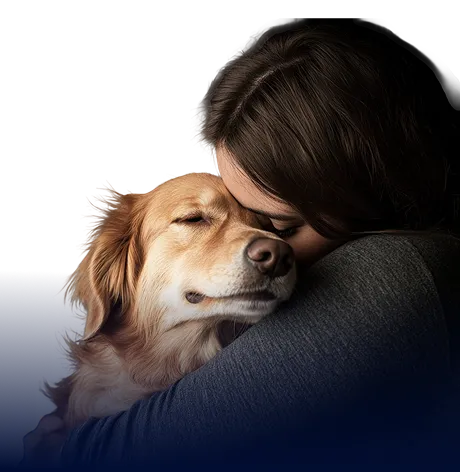

From tangled curls to short fur, here's how to care for your dog’s unique coat at home.

Why do dogs have different coats? Well, it’s because they were bred over thousands of years for specific jobs and climates. Coat texture and length have evolved to suit certain needs like water resistance or insulation. And misidentifying and mistreating your dog’s coat could lead to discomfort or skin problems. But fear not, because we’re here to help you identify what coat type your dog has and how to best take care of it.
Before brushing or bathing your dog, you need to know what their coat type is. That’s because different coats require different tools and techniques to create an appropriate grooming routine.
Here are the six main types:
"Treating a coat incorrectly can lead to skin irritation and discomfort due to possible mat formation with the fur. Also, there can be an increased risk of infection with improper coat treatment." - Dwight Alleyne, DVM
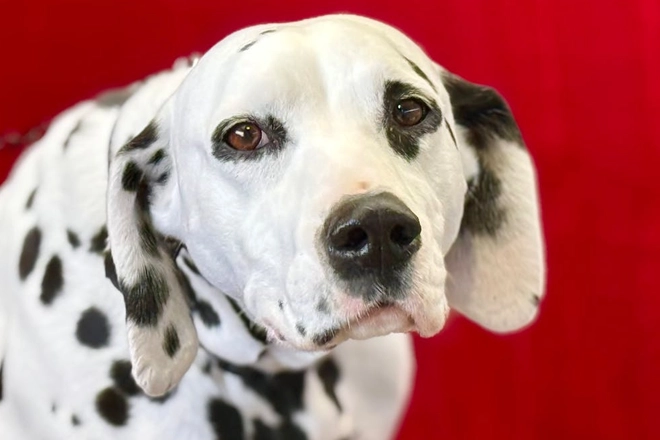
Short-coated dogs may seem low-maintenance, but they still benefit from regular grooming. These coats lie flat and shed year-round, so be prepared to find hair and dander across your home. Because the fur is so short, the buildup of oils and dirt can sit directly on the skin, leading to itchiness or irritation.
To groom, use a rubber curry brush or grooming glove a few times a week to lift loose hair and stimulate the skin. Bathe them every 4–6 weeks with a gentle shampoo. In between washes you can use a damp cloth to wipe down their coat between baths to remove dirt or pollen during allergy season.
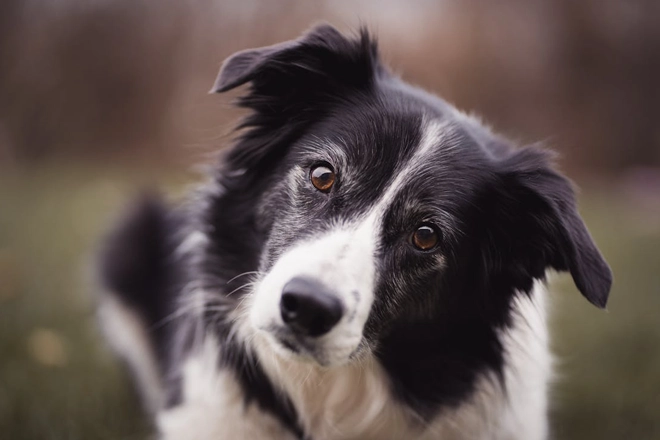
Medium coats can vary in texture but often include a denser undercoat that requires attention. These dogs may not need daily brushing, but without regular upkeep, their coats can mat, especially around their chest, belly, and hind legs. Try to brush them 2–3 times per week with a slicker brush or undercoat rake to prevent matting and manage seasonal shedding. But, daily brushing may be needed during shedding season to remove any loose undercoat.
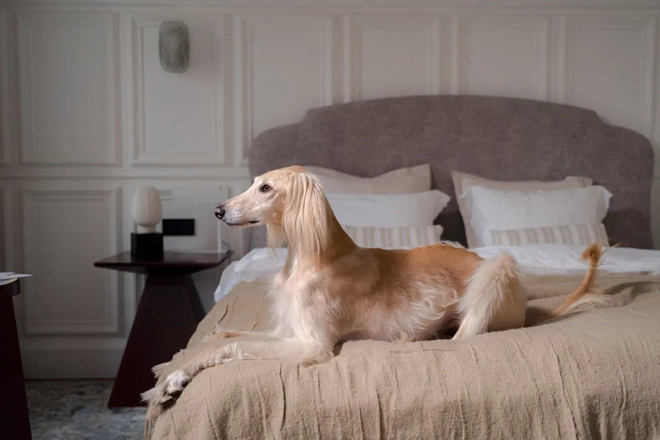
Long-coated dogs are known for their luxurious, flowing fur, but that beauty comes with upkeep. These coats are prone to tangles, matting, and, unfortunately, collecting debris like twigs, leaves, or poo.
Use a pin brush for general grooming and a slicker brush or detangling rake to work through problem areas. Always brush in small sections, starting at the ends and working toward the base to avoid pulling at the root and causing discomfort. A light detangling spray or conditioner can help loosen stubborn knots.
When mats do form, especially behind the ears, under the legs, or around the collar area, use a dematting comb or rake to break them up gently. Never cut mats out with scissors because it can be quite easy to accidentally cut the skin. For severe matting, it’s safest to call a professional groomer.
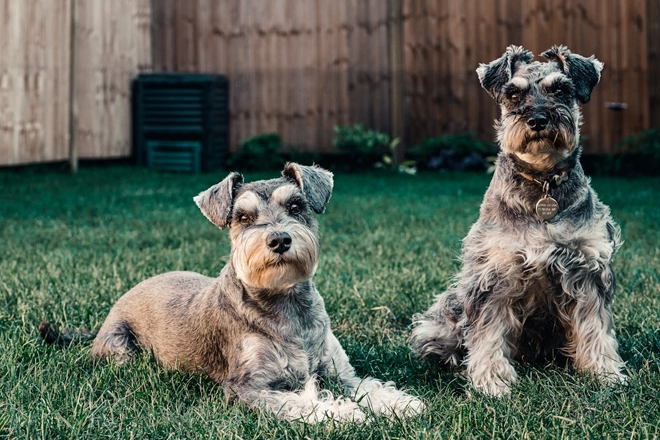
Wire-haired dogs have coarse, bristly outer coats with a softer undercoat beneath. This unique texture developed in breeds to help protect their skin while working in dense brush or harsh climates. The hair texture resists dirt and water, but if not properly maintained, it can become dull or trap dead hair.
Unlike other coat types, wire coats don’t shed much naturally. The dead hairs stay embedded in the coat and need to be manually removed. That’s where specialized grooming comes in.
Hand-stripping involves gently pulling out dead outer hairs by hand or with a stripping knife to maintain the natural texture and color of the coat. This method encourages new, healthy growth and prevents the coat from becoming too soft or patchy. It can take time, but it is often an ideal grooming option for show dogs and those with traditional breed cuts.
Carding removes dead undercoats using a fine-toothed blade or other specialized tool. It’s less intense than hand-stripping and is often used between full grooming sessions to help thin the coat, reduce matting, and promote airflow to the skin.
Clipping is quicker and easier, but can change the coat’s texture over time, making it softer and duller. For pet owners not showing their dogs, clipping is often a more practical option, especially if the dog has skin sensitivities or dislikes longer grooming times.
This is a maintenance technique that combines regular hand-stripping in smaller, more frequent sessions (usually weekly). Instead of letting the coat grow out and doing a full strip, you “roll” the coat to keep it in a consistent, healthy condition. It’s a great option if you want to maintain that crisp wire coat look without doing a full strip every few months.
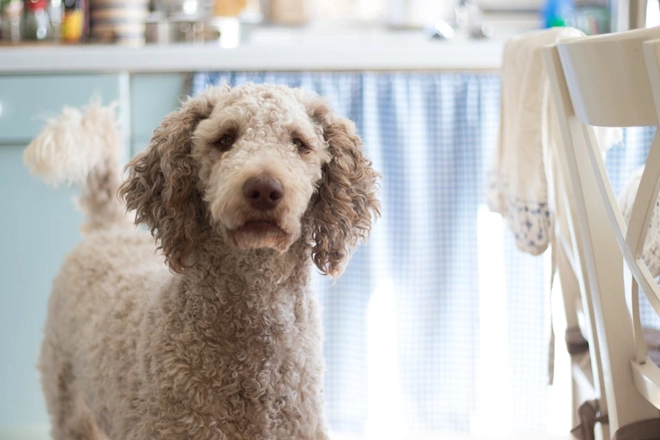
Curly-coated dogs have dense, springy hair that doesn’t shed much, but that doesn’t mean they’re completely low maintenance. These coats can trap dirt, dander, and loose hairs deep within the curls, leading to mats if not properly cared for. Without consistent brushing and trimming, the curls can become tight, tangled, and painful for your pup.
👉No dog is truly hypoallergenic, but curly-coated dogs typically produce less dander, a potential plus for allergy-prone households.
Use a slicker brush and metal comb to work through curls several times a week. Start with the slicker to remove surface-level debris and follow up with the comb to catch hidden tangles near the skin. Always brush in small sections and go slowly to avoid pulling. And since curly coats dry out easily, follow baths with a dog-safe conditioner. A leave-in conditioning spray can also help between washes to keep curls soft and manageable.
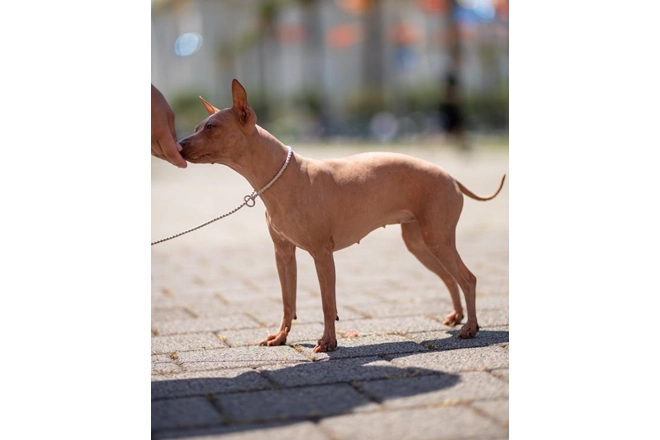
Hairless breeds skip the brush but still need a little TLC. Their skin is sensitive to sunburn, dryness, and breakouts, so you should apply a dog-safe sunscreen to their skin when they’re outdoors. And just because they’re hairless doesn’t mean they don’t need shampooing! Bathe them every 1-2 weeks with a mild shampoo. Hairless dogs need to be bathed more often than dogs with hair because they don’t have fur to absorb oils, dirt, and sweat. This buildup stays on their skin, leading to clogged pores and irritation. Regular bathing helps keep their skin clean, balanced, and healthy.
If your dog’s coat is severely matted or their breed requires advanced techniques like hand-stripping or cording, it may be time to see a professional. Groomers have the training and patience to tackle tough coats without causing pain or stress.
Every coat type has quirks. Whether you’re brushing out mats or figuring out carding, knowing your dog’s coat needs helps keep them healthy and comfortable. When in doubt, consult your vet or groomer.
Breeds like the Komondor, Afghan Hound, and Puli are often considered the hardest due to their dense, unique coats and upkeep needs. Unless you’re super comfortable with it, we don’t recommend taking on the task of grooming these coats on your own.
A dull, flaky, greasy, or patchy coat could signal things like poor nutrition or allergies. A dog’s coat can also tell you a lot about their health. If you notice your dog’s coat changing without any obvious cause, consult with a vet.
If it’s used incorrectly, potentially. Overuse of the FURminator can strip your dog’s essential undercoat or irritate their skin. Be sure to follow the brush directions and use sparingly. If in doubt, ask your vet or a trusted groomer.
A healthy coat is shiny, clean, and free of mats or excess oil. A "bad" coat may have tangles, dryness, or shedding clumps. Regardless of what your dog’s coat looks like, you can always reach out for help from a professional groomer or your vet to learn and get better at taking care of your furry best friend.
Cutting against the grain can cause uneven growth, irritation, and a scruffy appearance. So when you’re cutting, always follow the natural direction of the coat. If you’re worried about doing a good job, know that using a groomer is totally okay!








